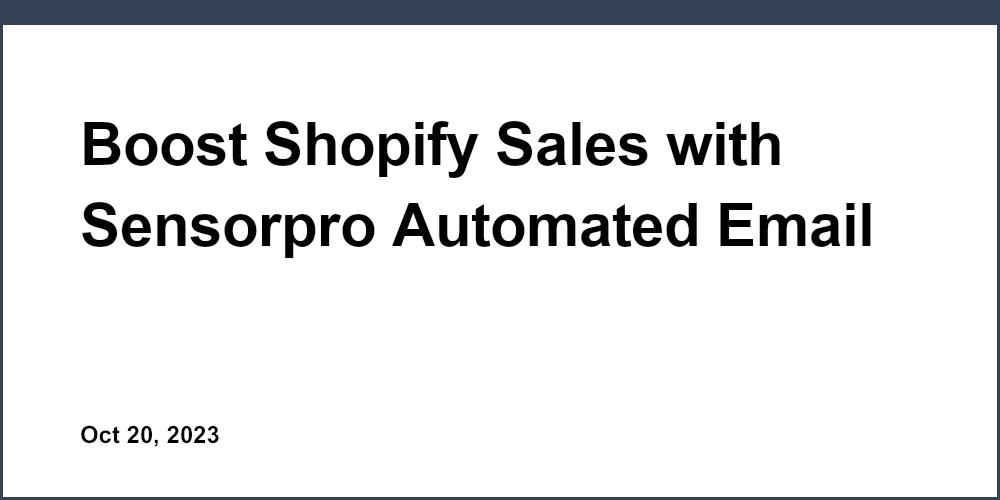Introduction: The Importance of Email Design
Email design plays a crucial role in the success of email marketing campaigns. Well-designed emails align with brand identity to create professional, seamless user experiences that engage subscribers and drive conversions. Design elements encompass fonts, color schemes, imagery, and layouts. By employing key design principles, marketers can craft appealing emails that captivate audiences. Design optimization, through continual testing and understanding target demographics, is imperative for maximizing open rates, clickthroughs, and ROI.
Establishing Your Brand Identity
Integrating brand identity into email design ensures consistency across campaigns and touchpoints. Leverage brand colors, fonts, imagery, and copywriting tone to connect with audiences, boost recognition, and convey brand ethos.
Choosing Complementary Colors
Select a dominant brand color and complementary accent colors that align with your style guide. Consider color psychology; blue evokes trust while red conveys excitement. Contrasting color combinations like deep purple and lime green establish visual hierarchy and enhance readability. Limit palettes to 2-3 colors. Test shades to determine the optimal balance for your brand.
Selecting Brand Fonts
Opt for simple, readable fonts like Arial or Helvetica in branded emails. Use font variations like bold to add visual interest. Limit font families to 2-3 for aesthetic cohesion. Maintain consistency across campaigns. Suggested pairings include Arial Bold for headlines and Open Sans for body text.
Incorporating Visual Assets
Include high-quality lifestyle images showing real people using products that emotionally resonate with target demographics. Ensure visuals relate to email content and appear polished, not generic. Test image types and positions to optimize engagement.
Crafting the Layout
A clear, organized layout facilitates easy scanning with distinct content sections and strong visual hierarchy. White space creates an uncluttered aesthetic while chunking information enhances readability. Keep mobile responsiveness in mind and place CTAs strategically above the fold.
Structuring Sections Visually
Lead with bold imagery and headlines to capture attention. Break up text with subheads, lists, and paragraphs. Use color to differentiate sections. Include ample 30px padding for clean edges and columns.
Guiding the Reader's Eye
Establish hierarchy through 16px fonts, bold colors, and 20px spacing to direct focus. Draw attention to CTAs with contrasting buttons. Ensure clear path for readers to follow from top to bottom. Limit distractions that compete for attention.
Typography Tips for Readability
Stick with familiar fonts like Arial for optimal readability on screens. Vary font sizes from 12px to 16px to distinguish headers from 14px body text. Dark fonts on light backgrounds are most legible. Limit font families to 2-3 for cohesion.
Formatting Headlines
Craft benefit-driven headlines under 50 characters to pique interest. Increase font size to 16px, bold key words and use distinct colors to catch eyes.
Body Copy Best Practices
Keep sentences concise at 10-15 words. Break up lengthy paragraphs into scannable chunks using lists and spacing. Left align text in 14px size for readability.
Optimizing Imagery for Engagement
Strategically incorporate 600 x 400px images at under 100KB to demonstrate product benefits and align with content. Use captions to enhance understanding of visuals. Test placements to determine optimal positioning for engagement. Choose high-quality, polished images.
Image Composition Tips
Incorporate images with sharp focus and emotional connections using the rule of thirds. Use negative space to avoid clutter and ensure the central focus stands out.
Image Size and Positioning
Place a hero image above-the-fold for immediate impact. Optimize images at 100KB with 600 x 400px width. Test left, right, and center alignments.
Testing and Optimization
Continuously A/B test elements like color, copy, and layout to identify high-performing designs. Analyze open rate, CTR, and completion rate metrics to refine approaches. Monitor performance across mobile and desktop.
Key Takeaways
- Email design significantly impacts campaign results and brand image. Align with brand identity through colors, fonts and visuals.
- Craft readable typography through font choices, varied sizes, and ample spacing.
- Establish clear visual hierarchy and layouts for easy scanning.
- Test and optimize design for improved engagement across devices.
Conclusion
Implementing strong design principles, like reinforcing brand identity and optimizing typography, creates appealing, professional emails. Testing elements such as color schemes and layouts while analyzing engagement metrics enables continual optimization. With compelling content and strategic visuals tailored to your audience, you can craft irresistible emails that drive results.
Engaging email design optimizes open rates and clickthroughs. Try SensorPro for easy drag-and-drop creation, advanced deliverability features, and inbox testing tools to craft irresistible emails.


